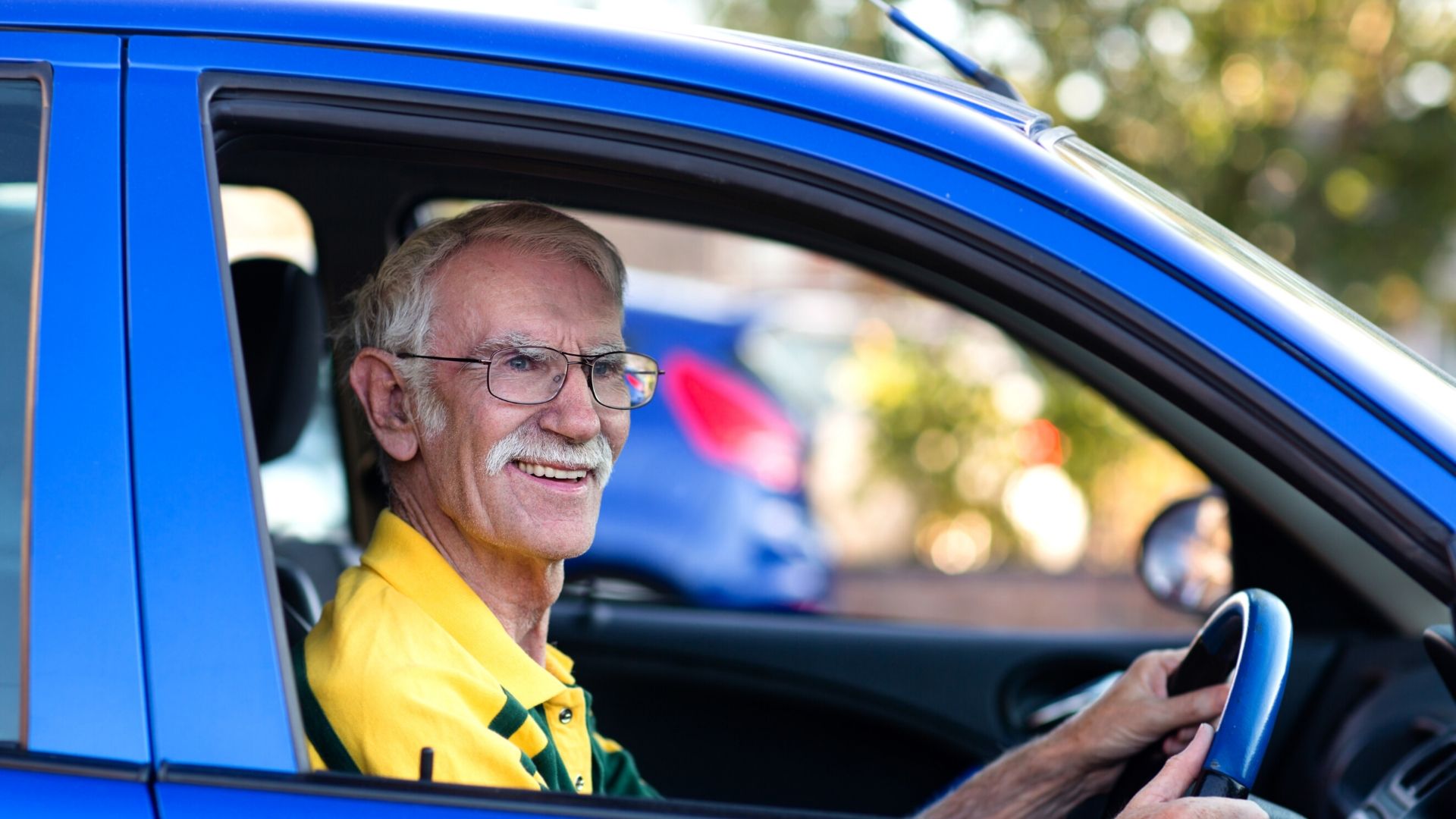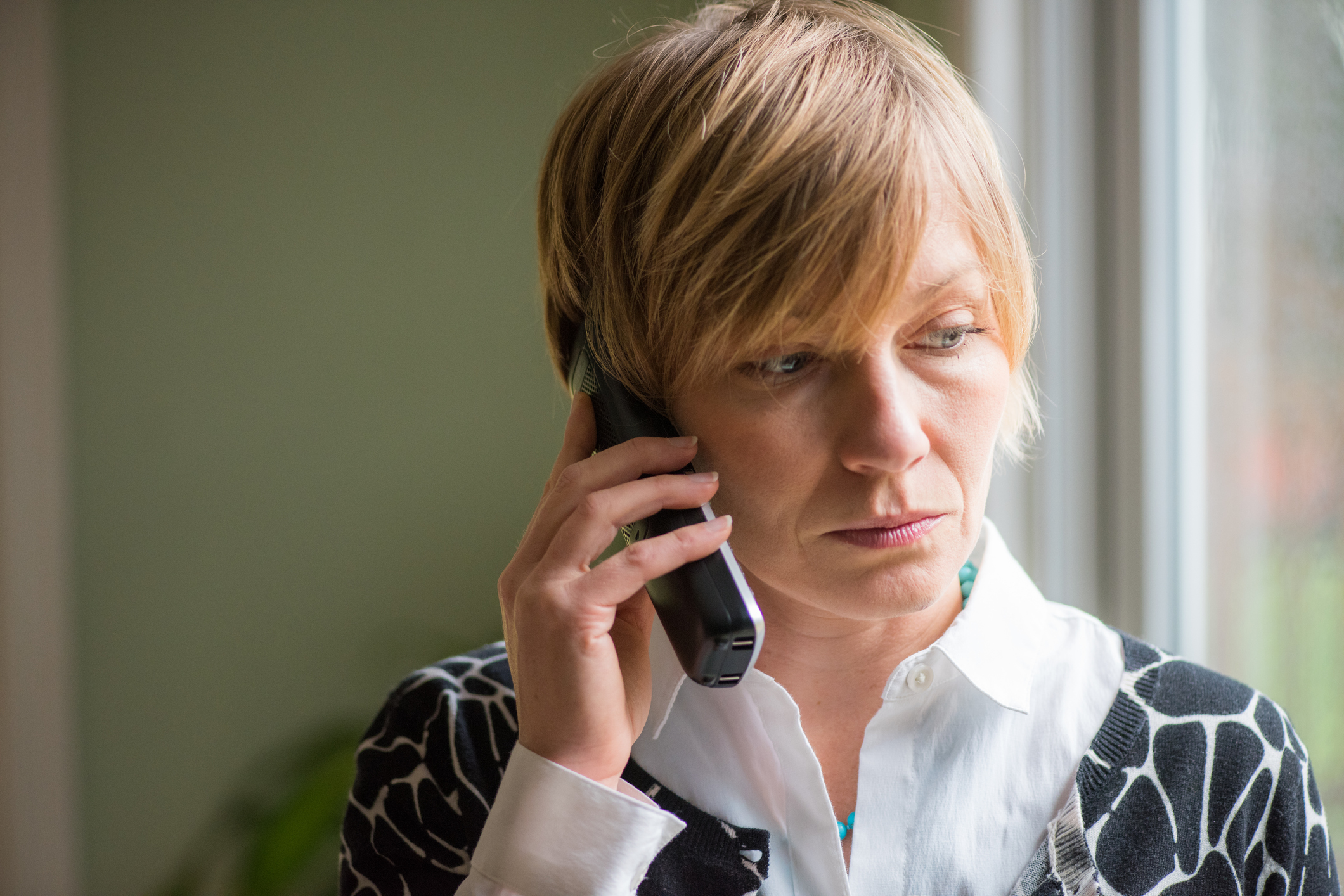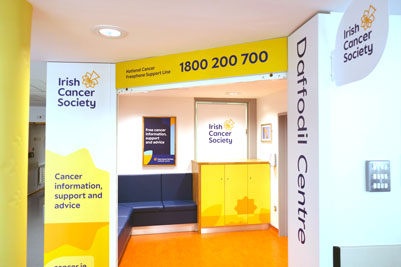Laparoscopy and laparotomy
These are 2 surgical methods used to look for abnormal changes in the organs in your abdomen (tummy area), such as your liver, pancreas, gall bladder, spleen, stomach or reproductive organs.
What is a laparoscopy?
A laparoscopy is also known as keyhole surgery. A thin, flexible tube with a camera goes in through a small cut (incision) in your abdomen (tummy). This lets the doctor look at your organs and take a sample of tissue (biopsy) if needed.
You won't be able to eat or drink for a few hours before the test. Your hospital should provide you with written instructions about fasting beforehand. They will also let you know if you need to stop taking any medications.
You will be asked to sign a consent form before the procedure. If you have any questions or concerns, speak to your medical team.
This procedure is performed in an operating room. You will have a general anaesthetic, which means you will be asleep for the procedure.
The surgeon will make 2 or 3 incisions (cuts) in your abdomen. They will insert the laparoscope to allow them to see the organs inside your abdomen and to look for any abnormalities that may be there.
If needed, they will then insert another instrument to take a biopsy (tissue sample) or fluid sample. These samples will then be tested in a laboratory.
No. You will be asleep during the procedure because of the general anaesthetic.
The test takes about 30 minutes.
After a laparoscopy you will have some stitches at the wound site. Usually they dissolve and disappear as your wound heals, so you won't need to have them removed. However, check this with the nurse. You should also check how long your dressings need to stay in place and if they need to be changed in the coming days.
Once the effects of the anaesthetic wear off, you will be able to get up and usually can go home the same day. You will not be able to drive, so you will need to be collected.
You may have uncomfortable wind (stomach cramps) and/or referred shoulder pains for 3 or 4 days. (Referred means that the source of the pain is located somewhere else in the body.) Pain after a laparoscopy is caused by carbon dioxide gas, which is passed into your abdomen during the test to let your doctor see more clearly. Walking about or taking sips of peppermint water often eases the pain.
There is a possible risk of wound infection where the cuts were made during the operation. It is important to check for signs of redness, swelling, heat or pain around the wound sites.
The nurse will give you information on side-effects to look out for and a number to call if you are concerned.
What is a laparotomy?
A laparotomy is like a laparoscopy, but your doctor makes a bigger cut in your abdomen (tummy area) and doesn’t use a camera. It is often referred to as open surgery Again, this lets your doctor check for abnormal changes in your organs. A laparotomy can sometimes lead to more surgery, depending on what your doctor finds.
You won’t be able to eat or drink for a few hours before the procedure. Your hospital should provide you with written instructions about fasting beforehand. They will also let you know if you need to stop taking any medications.
You will be asked to sign a consent form before the procedure. If you have any questions or concerns, speak to your medical team.
This procedure will take place in an operating room. You will have a general anaesthetic, which means you will be asleep for the procedure.
The surgeon will make a large incision (cut) in the middle of your abdomen. This will allow them to see your organs and any abnormalities that may be there.
If needed, they will take a biopsy (tissue sample) or fluid samples. These will then be tested in a laboratory.
The length of this surgery will depend on what the surgeon needs to do during this time and how many samples are required.
No, you will be asleep during the procedure because of the general anaesthetic.
After a laparotomy you may need to stay in hospital for a few days.
You will have some stitches at the wound site covered with a dressing. It is important to get information before going home on whether these stitches need to be removed or will dissolve themselves.
You should also get information on how long your dressing needs to remain in place or if it needs to be changed in the coming days.
You may have pain in your abdomen for a few days after the laparotomy, but you will be advised about what pain relief you can take for this.
There is a possible risk of wound infection where the cut was made during the operation. It is important to check for signs of redness, swelling, heat or pain around the wound sites.
The nurse will give you information on side-effects to look out for and a number to call if you have any problems when you go home.
Getting results
It's important to ask your doctor when you can expect the results of these tests.
Other important questions to ask include:
- Who will give you the results?
- How will the results be given? For example, by letter, phone call, face-to-face.
Waiting for results can be a worrying time but knowing when to expect results can help. You should be given a contact number if you have any concerns or queries or if you are waiting longer than expected for results.
If you need to talk to someone about the test or results, you can also contact our cancer nurses on our Support Line on 1800 200 700, Monday to Friday, 9am to 5pm.



Talk to a Cancer Nurse

Support Line
Our Daffodil Centres

